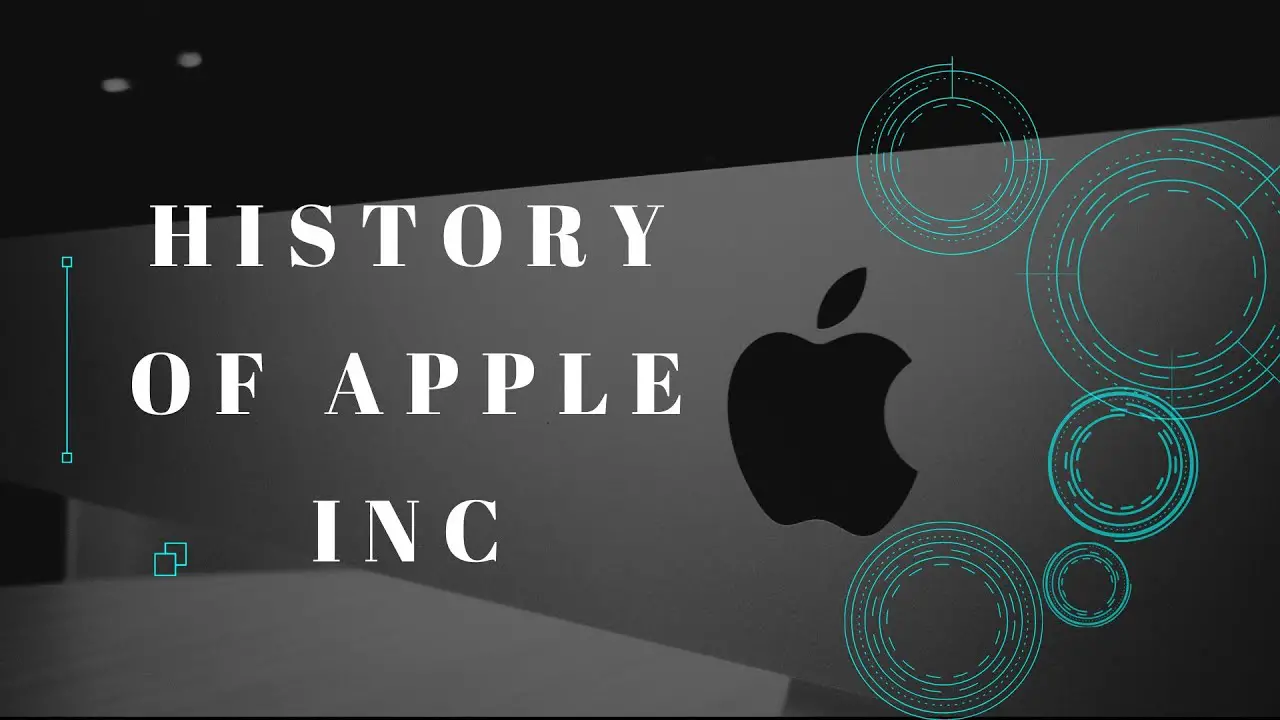Sitting in his Cupertino office, Apple CEO Steve Jobs scanned the press coverage of a new ebook reader in the making. In response to a question about Amazon’s Kindle launch in a 2009 New York Times interview, he had simply replied, “It doesn’t matter how good or bad the product is, the fact is people don’t read anymore.” Forty percent of the U.S. adult population has read one book or less over the past year. The whole premise is flawed at the outset because people don’t read anymore. In fact, a new study by the National Endowment for the Arts states that only 57% of Americans read a book during 2002, down 4% from the decade before. However, with the recent success of the Kindle, Jobs questioned whether this was a market Apple could pursue. Amazon had launched the new Kindle DX a month earlier in April 2009. In order for Sony to enter the ebook competition with Amazon, in March 2009, Sony announced a content agreement with Google. Is it too some late for Apple company to enter the Ebook Reader Market? Apple has a tradition of highly recognized break-through products, the IMAC in 1998, the iPod in 2001, and most recently the iPhone in 2007.
Company Overview: Apple Inc.
Apple Inc. designs, manufactures and markets consumer electronics products – personal computers, portable music players, mobile phones – as well as related software, services and peripherals. Apple retails and provides customer support through the company web site and its physical stores at more than 250 sites worldwide. Apple also supplies digital entertainment media through its iTunes store. Previously selling solely music, it now markets videos, television episodes, feature-length films as well as audiobooks. With the introduction of the new iPod Touch and iPhone in 2008, consumers were also able to purchase applications and games, including eBooks, for these portable devices from the App Store in iTunes. Apple has earned a very prestigious position in the consumer electronics market. According to a J.D. Power survey, Apple has the highest brand and repurchase loyalty of any computer manufacturer. Also, in 2008, Apple was named by Fortune Magazine “The Most Admired Company” in the US.
History: The Beginning
Apple was founded on April 1, 1976, by Steve Wozniak and Steve Jobs. Initially, they had plans to create a simple microcomputer board that would be retailed to small firms. However, the pair eventually built a microcomputer kit called the Apple I, which became Apple’s first product. A year later, Apple was formally incorporated as “Apple Computer Inc.” The Apple II, one of the first personal computers to achieve commercial success, was launched the same year. The Apple II differentiated itself from its main competitors in that it had color graphics and an open architecture. Simple to use, feature-laden, and expandable, the Apple II catapulted Apple to a profitable, well-regarded company. Apple launched the Macintosh in 1984 with advanced graphics capabilities and a revolutionary graphical user interface. Following the success of the Apple II and the Macintosh launch, Apple floated on the stock market on September 7, 1984.
The Decline
Between 1984 and 1985, Apple’s net income declined by 17% due to poor follow-up sales of the Macintosh computer. Jobs was pushed out of the firm, and CEO John Sculley, who had been hired into the firm by Jobs, took over. Later risk-taking ventures such as the Newton PDA caused market share and stock price to plummet. Apple was also involved in a lengthy legal battle with Microsoft for copyright infringement of proprietary elements of Apple’s Lisa GUI. Between 1994 and 1997, Apple experienced record-low levels of stock prices and severe monetary losses. The Apple board of directors reinstated Steve Jobs as CEO in July 1997 after two shifts in CEO from 1993 to 1996.
Revival
When Jobs returned as CEO, he struck the first licensing deal allowing licensed Macintosh clones and put the company on a path of manufacturing quality and friendly products, cooling down 15 of the firm’s 19 current products. The new products found favor with the consumer market. Apple launched an all-in-one computer called the iMac in August of 1998. Apple shipped nearly 800,000 units in the first half year, putting Apple in the black for the first time since 1993. In May of 2001, Apple also opened its first Apple Store. In late 2001, the company launched the iPod, a portable digital music player. The gadget was extremely popular. Over 100 million units were sold in six years, and Apple gained over 70% market share.
Apple dropped the word ‘computer’ from its company title in January of 2007, which also signaled the company’s transformational strategies with deep forays into the consumer electronics industry. The iPhone and Apple TV were brought out during the same year. Apple had a workforce of over 35,000 worldwide and generated annual revenues of $32.48 billion as of September 2008.
Leadership
The reassignment of Steve Jobs to the position of CEO in 1997 was directly responsible, in significant part, for making Apple a computer and consumer electronics industry giant. Jobs’ focus on quality, design, and simplicity revitalized the Apple brand. Jobs is on a medical leave of absence. Because of Jobs’ leading position in charting Apple’s strategic course, investors are concerned about Jobs’ health, as well as succession plans in case of his eventual retirement. Fortune magazine stated that “there is widespread opinion inside and outside Apple that the wizard of the infinite loop simply cannot be replaced”. Timothy Cook, Apple’s chief operating officer, is temporarily holding the fort until Jobs’ return in June 2009 (Exhibit 1).
Steadfast Strategy
Apple designs its products to complement one another so that they are a complete solution. For example, iTunes provides digital content that can be used with the iPod and iPhone. Apple’s achievement has been less in the guise of the first-mover aspect; rather, once consumer reaction testing of a product is complete, Apple jumps on consumers in non-traditional ways than parents. Apple has differentiated itself along the lines of fashionable designs, simplicity in use, innovation in marketing, and successful distribution. New user interface technologies, such as the iPod click wheel and the iPhone touch screen, also differentiate Apple products from other handheld electronic devices of the same type. Apple is also said to have the most loyal customers, as quoted by Steve Jobs: “I get asked a lot why Apple customers are so loyal.” That’s because if you buy our products, and three months you’re in some place you can’t get out of and you just can’t remember, you just come across a workaround. And you think to yourself, ‘Geez, someone at Apple really put some thought into this!’. “Apple responded by having a good habit of pressuring the media with leaked rumors and cryptic shutdowns of its web store, which would not fail to create hype about pending product releases. It is this capacity for building media hype that drives technical press coverage beyond what is normally camped out to buy new hardware.”
In addition, Apple has a reputation for innovative product development. For example, the October 2008 version of the MacBook had an aluminum unibody chassis manufactured from a single piece of aluminum. This provided a sense of solidity to the product in addition to acting as a heat-sink. As paraphrased by Steve Jobs, “Design is not just what it looks and feels like. Design is how it works”.
Corporate Culture
Apple’s relaxed corporate culture and history of rewarding individuality and excellence always calls in the cream of the crop employees. According to Steve Jobs, “Innovation has nothing to do with how many R&D dollars you have. When Apple came out with the Macintosh, IBM was spending at least 100 times more on R&D. It’s not about the money. It’s about the people you have, how you’re leading, and how much you get out of it.”
Read Also:
- A Study On The Organization Culture Of Apple Company
- Apple iOS 18.4 New Release Date: Sweeping iPhone Update Drops Anytime Now
- Apple Iphone 16e Has AI Features: Apple Most Advanced C1 Modem Till Date, No Tension Of Battery Backup
- Introduction About Apple iPhone 16 Pro
- Apple First Foldable iPhone Could Cost As High As $2500
- Apple Foldable iPhone Plans: Everything We Know So Far On Whether The Rumours Are True Or Not
- A Brief History of Apple Computers
- Corporate Success Factors of Apple iPhone Company
- Analysis of Success Consumer Factors of Apple’s iphones
- What Types Of Factors Contributed To The Success of Apple iPhone Company
- Health Risks Due To Mobile Phone Use
- Mobile Phones Risks On Health








Leave a Reply